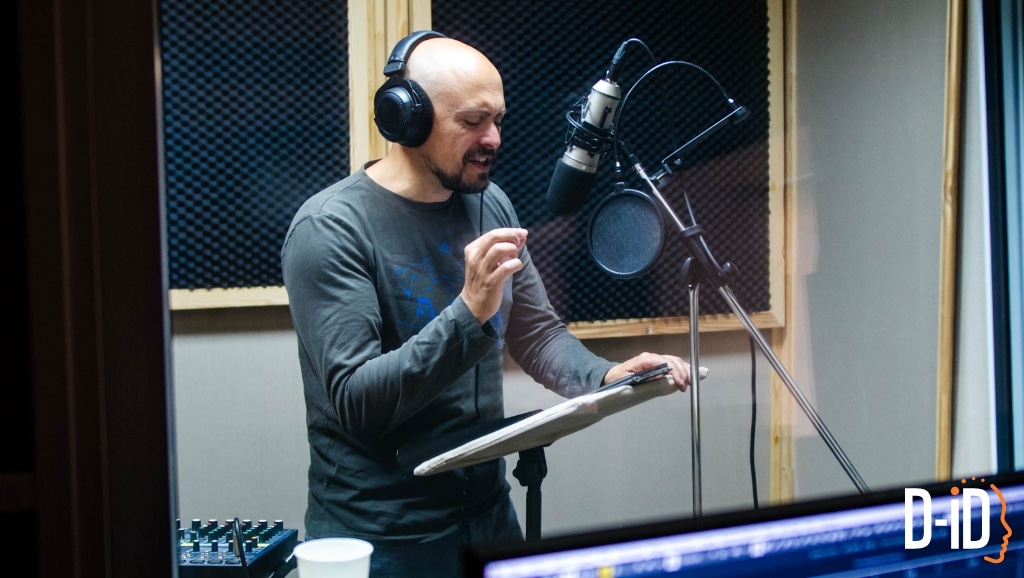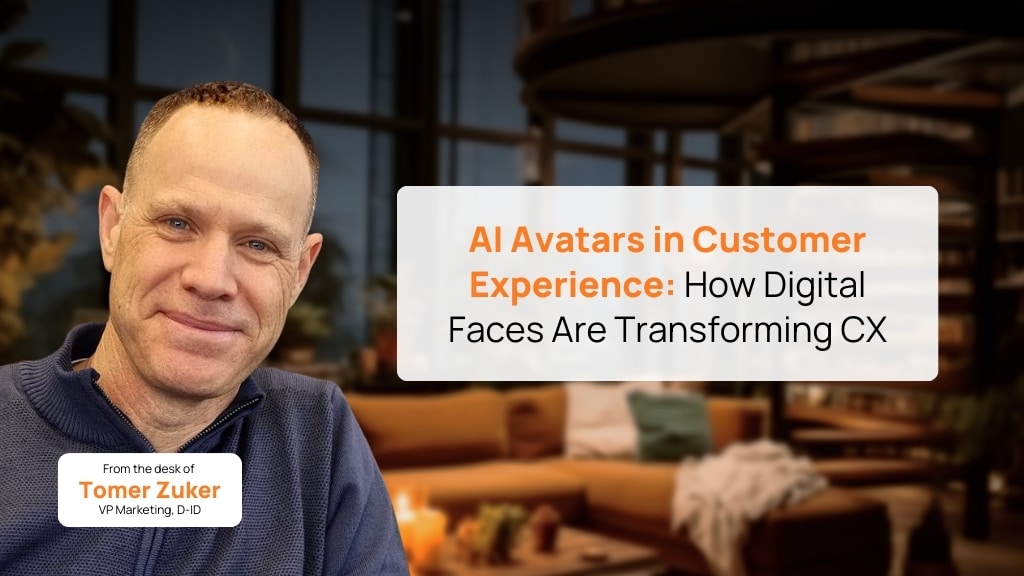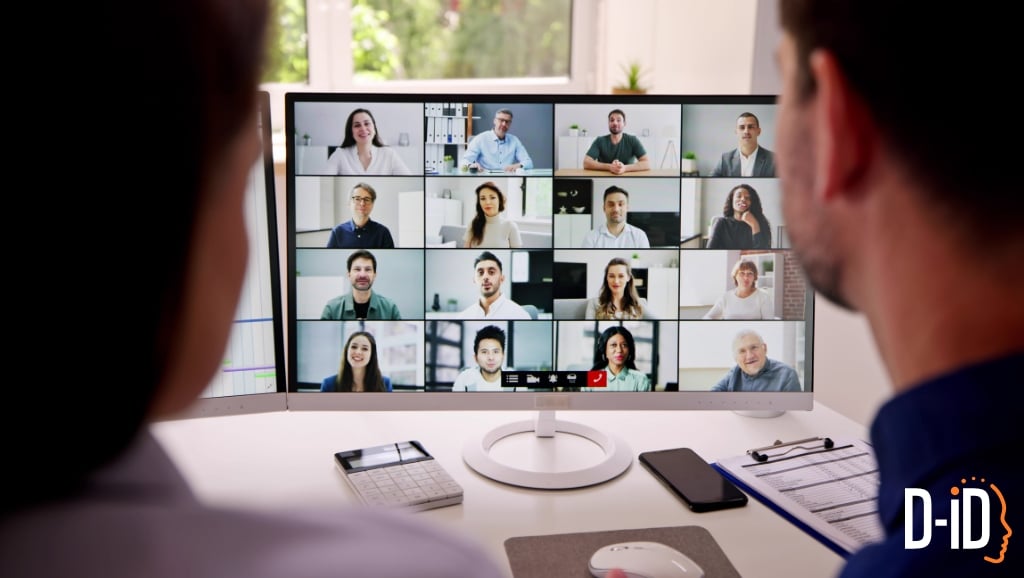How AI Clone Voice Works: A Step-by-Step Guide to Voice Cloning

The future of voice is AI-generated.
That might seem bold, but you’ll understand in a moment.
Imagine replicating any voice with just a few minutes of recorded audio. From personalized assistants that sound like you to multilingual content creation without re-recording, AI voice cloning is transforming how we interact with digital media.
That might seem like a futuristic concept, but it’s not anymore.
AI-powered voice is already used in entertainment, accessibility tools, corporate training, and even customer service. But how does it work, and what are the ethical considerations?
In this blog post, we’ll break down the technologies behind AI voice cloning, explore real-world applications, and discuss best practices for responsible use. Whether you’re a content creator, business leader, or AI enthusiast, this article will give you a clear, practical understanding of how AI-generated voices are shaping the future of communication.
The Technologies Behind AI Voice Cloning
AI voice cloning relies on deep learning and synthetic voice generation to analyze and replicate human speech patterns. Unlike traditional text-to-speech (TTS) systems, which rely on generic robotic voices, modern AI voice clone generators analyze human speech patterns to create highly realistic, natural-sounding voices.
These models break down voice samples into intonation, pitch, cadence, and pronunciation to reconstruct a digital version of a person’s voice.
Here’s a breakdown of the core technologies that make this possible:
1. Text-to-Speech (TTS) Systems
Traditional TTS engines convert written text into spoken audio. While early TTS systems sounded robotic, AI-powered TTS models, like neural voice synthesis, have dramatically improved naturalness by learning from human speech samples. If you’re looking for the best AI-powered TTS tools, check out our guide on best AI voice generators.
2. Deep Learning & Neural Networks
At the heart of voice cloning AI is deep learning, which allows AI models to analyze thousands of voice samples and learn the nuances of human speech. Neural voice synthesis enables AI to generate lifelike intonations, pacing, and emotions, making AI-generated voices sound almost indistinguishable from real ones. These models learn:
- Speech patterns (how words flow together)
- Emotional tones (inflections that make speech sound human)
- Phonetics and accents (adjusting speech synthesis to match native speakers)
3. Generative Adversarial Networks (GANs)
GANs enhance voice cloning by refining how AI replicates voice features. These models work by training AI on real speech samples and then improving the accuracy of generated voices through iterative learning.
GANs help create hyper-realistic voices by:
- Using one AI model to generate a voice
- Having another AI model critique and refine the output
- Iterating until the voice clone sounds indistinguishable from the original
4. Real-Time Speech Synthesis
Some AI voice cloning tools go beyond text-to-speech and use speech-to-speech learning. This allows AI to not only replicate what is being said but also how it is said—capturing emotional tone, accents, and inflection.
Together, these technologies create AI voice clones that sound increasingly human, opening new possibilities for content creation, accessibility, and digital communication.
Best Use Cases for AI Voice Cloning
AI voice cloning is being applied across industries, revolutionizing how businesses and creators engage with audiences.
Personalized Virtual Assistants & AI Avatars
Voice cloning enables brands to create custom AI-powered assistants that match a specific brand’s voice or personality. Instead of generic robotic responses, businesses can create virtual assistants that feel more human and relatable.
Audiobook Narration & Media Production
AI-generated voices are revolutionizing audiobook creation, podcasting, and video narration. Instead of hiring voice actors for every iteration, publishers can use voice cloning AI to reproduce voices with custom tones, accents, and expressions.
AI-Driven Customer Service
With AI voice clone technology, businesses can scale customer service operations with custom AI-generated voices that match their brand identity. This ensures a consistent and engaging experience across all customer interactions.
Content Localization & Translation
One of the most impactful applications of AI voice cloning is content localization. AI-powered tools can translate and dub videos in multiple languages while maintaining the original speaker’s voice—expanding audience reach without requiring re-recording.
Accessibility & Assistive Technology
AI voice cloning is changing lives for individuals with speech impairments. Personalized synthetic voices allow people who have lost their ability to communicate in their voice rather than relying on generic text-to-speech tools.
From entertainment to accessibility, AI voice cloning unlocks new creative possibilities while making digital communication more inclusive and high-quality audio content more dynamic and scalable.
Ethical Considerations and Risks of AI Voice Cloning
While AI voice cloning offers incredible benefits, it also raises important ethical questions. This technology can be misused without proper safeguards for deepfake scams, misinformation, and unauthorized voice replication.
Deepfake Risks and Fraud
One of the biggest concerns around voice cloning AI is its potential for deepfake misuse. Fraudsters can use AI-cloned voices to impersonate real people, spread misinformation, or manipulate conversations.
The Need for Consent & Security
Voice cloning should always require consent. Ethical AI voice generators implement security measures such as digital watermarks and identity verification to prevent unauthorized voice replication.
AI Regulation & Transparency
Companies and regulators must work together to ensure ethical use as voice cloning technology advances. AI-generated voices should be transparently labeled, and businesses must establish clear guidelines for responsible implementation.
While AI voice clone generators offer enormous opportunities for innovation, ethical concerns must be addressed to prevent misuse and build trust in AI-driven voice technology.
How to Get Started with AI Voice Cloning
AI voice cloning is now accessible to businesses, content creators, and individuals. If you’re interested in exploring this technology, here’s how you can start:
1. Choose a Reliable AI Voice Clone Generator
Look for platforms prioritizing ethical AI development, requiring user consent, and providing customizable voice cloning options.
2. Train Your AI Voice Clone
Most platforms require a short audio sample to clone a voice. Higher-quality recordings result in better accuracy.
3. Customize Speech Patterns & Delivery
Advanced AI voice cloning tools allow users to adjust tone, pacing, and expression to create more natural, human-like voices.
4. Use AI Voice Cloning Responsibly
Ensure that cloned voices are used ethically by securing permissions, following platform guidelines, and avoiding deceptive practices.
AI-powered voice cloning tools are reshaping digital interactions—whether through personalized avatars, multilingual content, or accessible voice technology.
By following these steps, businesses and content creators can safely leverage AI voice cloning to enhance digital experiences while maintaining ethical standards.
Next Steps: Explore AI Voice Cloning with D-ID
The future of AI-generated voices is here. AI voice cloning transforms everything from entertainment to accessibility, helping businesses and creators scale content while making digital experiences more engaging.
How AI Voice Cloning Can Elevate Your Content Strategy:
- Enhance customer experience with branded AI voices.
- Scale content production for podcasts, audiobooks, and video narration.
- Expand audience reach with multilingual AI-generated speech.
- Improve accessibility with personalized AI voices.
D-ID’s AI-powered voice cloning technology makes creating realistic, engaging voices easier than ever.
From custom AI avatars to multilingual speech synthesis, our platform helps brands, creators, and businesses scale content while enhancing audience engagement.Explore D-ID’s AI voice solutions today, or contact us for more information.
FAQs
-
How realistic can AI-generated voices sound?
Modern AI voice cloning tools use deep learning and neural networks to capture natural speech patterns, emotional nuances, and accents. In many cases, the generated voices can sound nearly indistinguishable from a real human speaker, especially with high-quality training data.
-
Is it legal or ethical to clone someone’s voice without permission?
Cloning a voice without consent can raise serious legal and ethical issues. In many regions, using someone’s likeness (including their voice) for commercial or deceptive purposes without permission could violate privacy or intellectual property laws. Always obtain clear consent and follow relevant regulations.
-
How do companies prevent the misuse of AI voice cloning?
Responsible AI platforms often include security measures like identity verification, digital watermarks, or consent requirements. Transparency—labeling AI-generated voices and establishing clear guidelines—is key to minimizing fraudulent activities and maintaining trust in AI technologies.
Was this post useful?
Thank you for your feedback!


